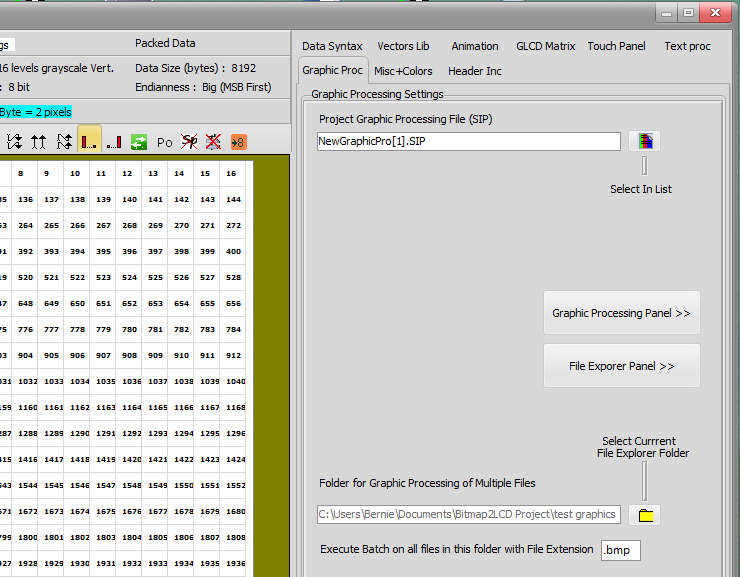

The status of the processing can be seen at any time in the Batch Tool in the Batch Tool tab.įinally, a quick look in the Finder shows our Processed images, located neatly inside the automatically created subfolders as defined in the recipe. When the editing is complete, we only need to wait for the last image to finish processing before beginning the next workflow step. On completion of editing an image, just use the keyboard shortcut to process and move on to the next image. Processing images on the fly is a great workflow option during the editing process. Next, simply click on the Process button.Īlternatively, at any point during your shoot or editing process, simply select any image and choose File>Process or, as a faster workflow option use the Keyboard shortcut Cmd-D (Mac), or Ctrl-D (Win). The Process Summary Tool describes the currently selected recipe and if you have additional recipes selected as well. Select a number of images in the Capture One 7 browser and decide what Process Recipes you want to use by enabling each of their check boxes. This option makes it is easy to separate each image by its different process recipe. This option will automatically create a subfolder in your output location, reflecting the name of your choice. The use of the Subfolder option is also useful. However if you do not want to set specific Root Folders for your recipes you can always change the output folder in the Output Location Tool without having to edit each recipe.

The benefit of setting your Root Folder is that your Process Recipes are independent of the “global” Output Location. This can be set specific to each Process Recipe so that each will save the file to a specific and separate location of your choosing. You can see in the example below that the Root Folder is designated as Output Folder, as previously mentioned this is its default setting. The Root Folder describes where the files will be saved when processed. The File tab, back in the Process Recipe Tool, has some advanced options that can be rather important. This is specific to the Session or Catalog as a whole. Change the location by changing the ‘Store Files’ drop down menu. Once processed, your images will be saved to the location defined in the Ouput Location Tool. Work through the tabs to decide what settings work best for you. The further tabs contain other options, for example the option to include Metadata in the file as well as the option to apply a Watermark. In the Basic tab, set the criteria for the File Format, Resolution, Color Profile and Scale. Once named, define the parameters for the recipe in the Process Recipe Tool. To create a Process Recipe click on the ‘+’ icon in the Process Recipe Tool and name your new recipe. It also shows the currently selected recipe (highlighted name). The Process Recipes Tool shows an overview of what recipes have already been created and indicates if they are enabled (checkbox to the left of the name). Once created, you can use these recipes in all of your Sessions or Catalogs. Saving time with Batch Processingīuilding Process Recipes in Capture One is easy. This is achieved by simply choosing File>Export Variants. Processing is easily achieved by one click or using a keyboard shortcut.Īlternatively you can make an immediate ad-hoc Export for a single image or group of images. Once the Process Recipes are created it is a simple matter of deciding which recipe you want to use to export your images. Many imaging applications require you to enter a separate dialog screen each time you want to process a new file. With Capture One 7 you have the option to build multiple recipes, each containing the specific parameters of how you would like your images processed.
#Editready batch process multiple files full
Quite often we would like to export more than one file type at a time, for example a full sized TIFF and a smaller JPEG for email or other web applications.


 0 kommentar(er)
0 kommentar(er)
